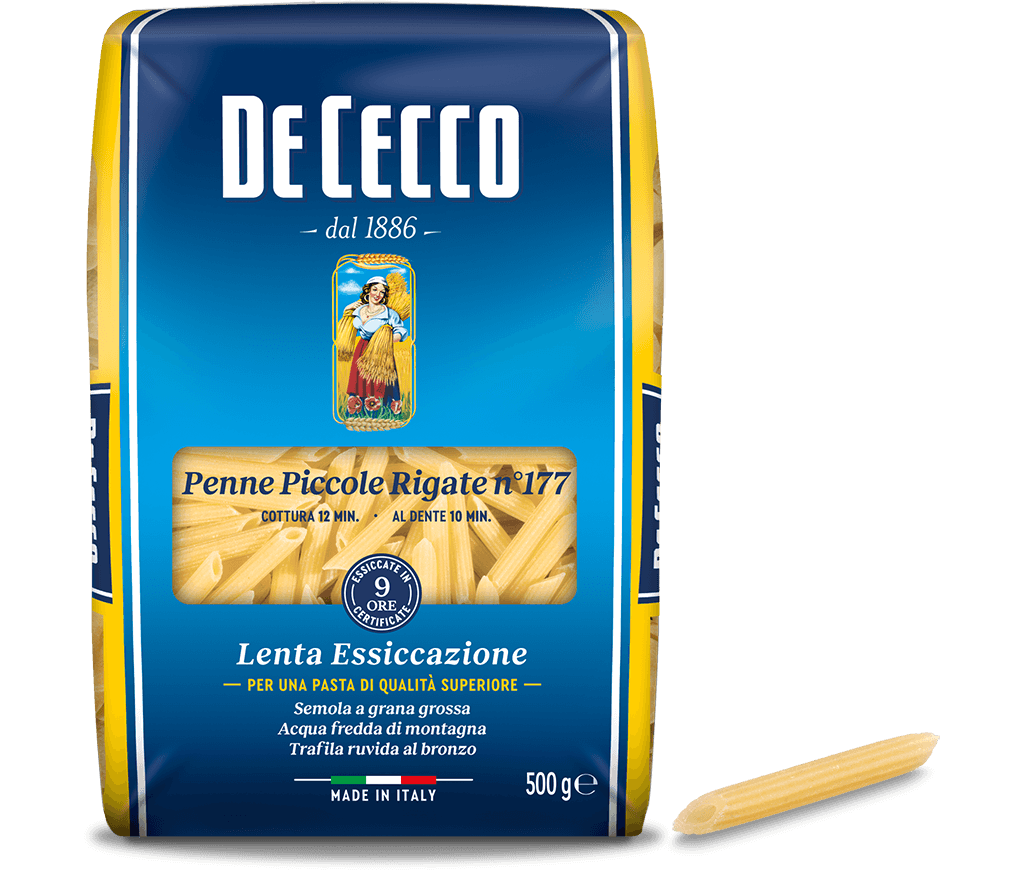Orecchiette n° 91
Orecchiette (little ears), also known as "strascicati", are a typical pasta shape from the Apulia culinary tradition. The shape is a round disc with a slight indent in the centre.
In the culinary tradition of Apulia of home-made pasta, orecchiette were made with white flour, durum wheat semolina and water. After the pasta dough had been cut into small pieces, it was "dragged" ("strascicati" in Italian) with the tip of a knife to create a sort of small shell, then pulled back with the tip of the thumb.
In traditional Apulia cooking, orecchiette are cooked in boiling water with broccoli or potatoes and served with a tomato sauce and sheep's cheese, or with garlic and Oil
This pasta is also known as "Recchie" and is served with vegetable ragù, or lamb and ricotta ragù.
Available in 500g or 3 Kg packs.
- Cooking time: 11 min - Al dente: 9 min
Guarda il video
Our method
Attention, care, experience, quality at every stage: from our mill to your table.
You may also be interested in
Fedelini n° 10
The origin of Fedelini can be traced back to parts of Liguria and the province of Savona at the beginning of the 14th century with the start of the production of macharoni and tria, also called fidej. They are extremely thin which is how they can still be distinguished from spaghetti.
Simple condiments are recommended for this type of pasta. It is excellent combined with butter dressings, such as uncooked butter and cheese, or melted butter with sage and cheese. Egg or fresh raw tomato based sauces are also excellent. Another way to enjoy Fedelini is in a light, chicken broth. In addition to broths and pasta dishes with sauces, this pasta is also used to prepare oven-baked dishes in the Naples region.
Available in 500g pack.s
Find out more






